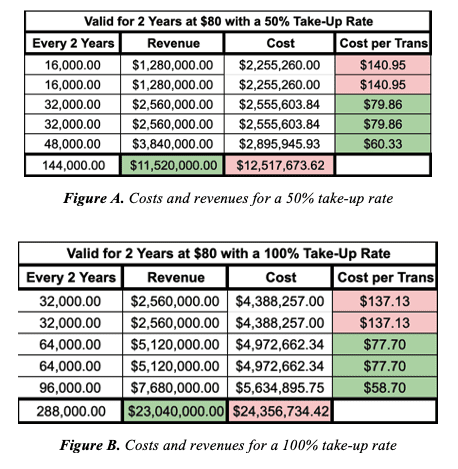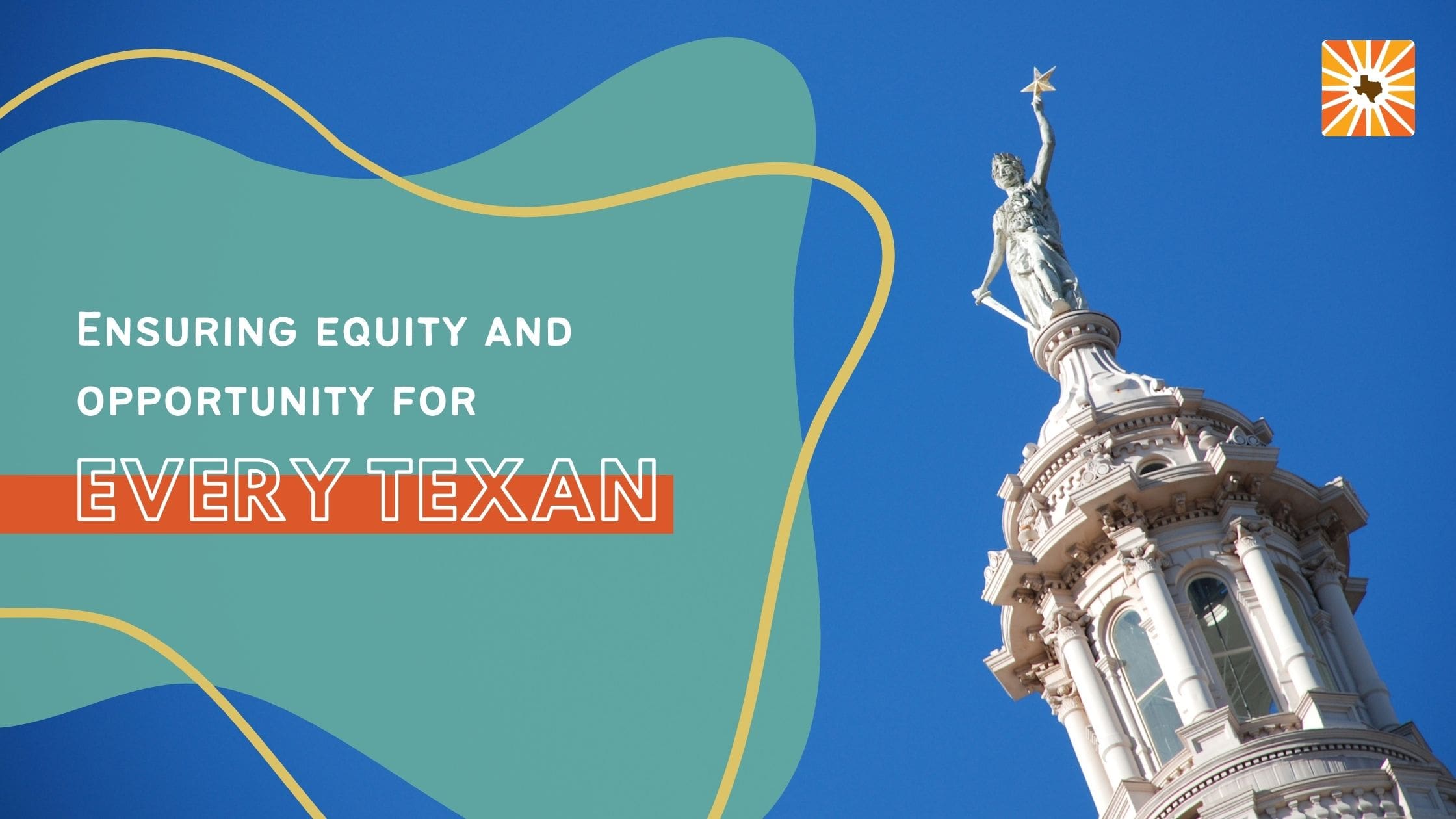This session, Texas can expand access to economic opportunity and enhance safety across our 683.5 thousand miles of state roads by creating limited driver’s permits for state residents who lack required documentation, including undocumented immigrants. Currently, 19 states and the District of Columbia have implemented programs that grant all residents access to driver’s permits, with Minnesota being the most recent state to do so.
Allowing every Texan access to a driver’s permit has statewide benefits:
People with driver’s permits are safer on the road. Issuing licenses to immigrants without immigration status led to a 9% decrease in hit-and-runs in Connecticut and a 7-10% decrease in California. Texans will be safer when all drivers must develop their driving skills to meet vision and driving test requirements and are able to purchase liability insurance.
When everyone can drive, it benefits employers and local economies. Allowing the 1.6 million eligible unauthorized Texas residents to obtain a driver’s permit would improve their access to better job opportunities and contribute to increased U.S. GDP. When all residents have higher-paying jobs, their ability to participate in the local and state economy increases, making the Texas economy stronger.
Expanded driver permits are revenue neutral. Like most new regulatory programs, there will be an upfront cost to implementation. But, once drivers seek their new permits, the agency will be able to recover its expenses from the revenue created by those transactions. Colorado and Utah’s programs were cost-neutral, while Connecticut saw a $7.5 million increase in state revenue after four years.
The revenue generated from these newly licensed drivers could either provide over 2.5 million dollars to the Texas Mobility Fund or the General Revenue and pay for itself. This will save Texans money by either directly supporting Texas’ budget or providing better infrastructure across the state.
More than 1/3 of Texas children have at least one parent that is an immigrant. Expanding driver’s permits will improve the lives of millions of Texas children by making everyday tasks such as being picked up from school and going with their parents for groceries much easier and safer.
Benefits can be unexpected. In California, the Department of Motor Vehicles saw an increase in the list of potential organ donors after it began issuing driver’s licenses to unauthorized immigrants. Although not a clear causal connection, the more people offered the chance to be organ donors through the driver’s permit process will increase the number of people who make that choice.
Take-up Rates
Revenue predictions made above are based on a 100% take-up rate in which all eligible unauthorized residents would apply for this conditional permit. However, this rate is not guaranteed, and based on other states, it is likely to be lower. A study done by the Fiscal Policy Institute (FPI) reviewed several states that expanded access to driver’s permits and found that none of the states experienced a 100% take-up rate within three years of implementing the program. In fact, Illinois experienced the highest take-up rate of 47% in the third year of its conditional license program, while Colorado’s highest take-up rate was 19%. If Texas does have a lower take-up rate, then administrative costs to the state could be significantly decreased.
Costs and Revenue
The costs of implementing can vary depending on the cost of fees and take-up rates. The tables below demonstrate that at a fee of $80, the permit will begin to generate revenue after the first biennium. If the permit fee increases, the permit could pay for itself even faster. The first figure shows the predicted costs and revenues for a 50% take-up rate where only half the eligible population receives this conditional license, while the second figure shows predictions for a 100% take-up rate.

*Predictions made above are based on the fiscal note calculations of HB 35 from the 86th Legislative Session*
